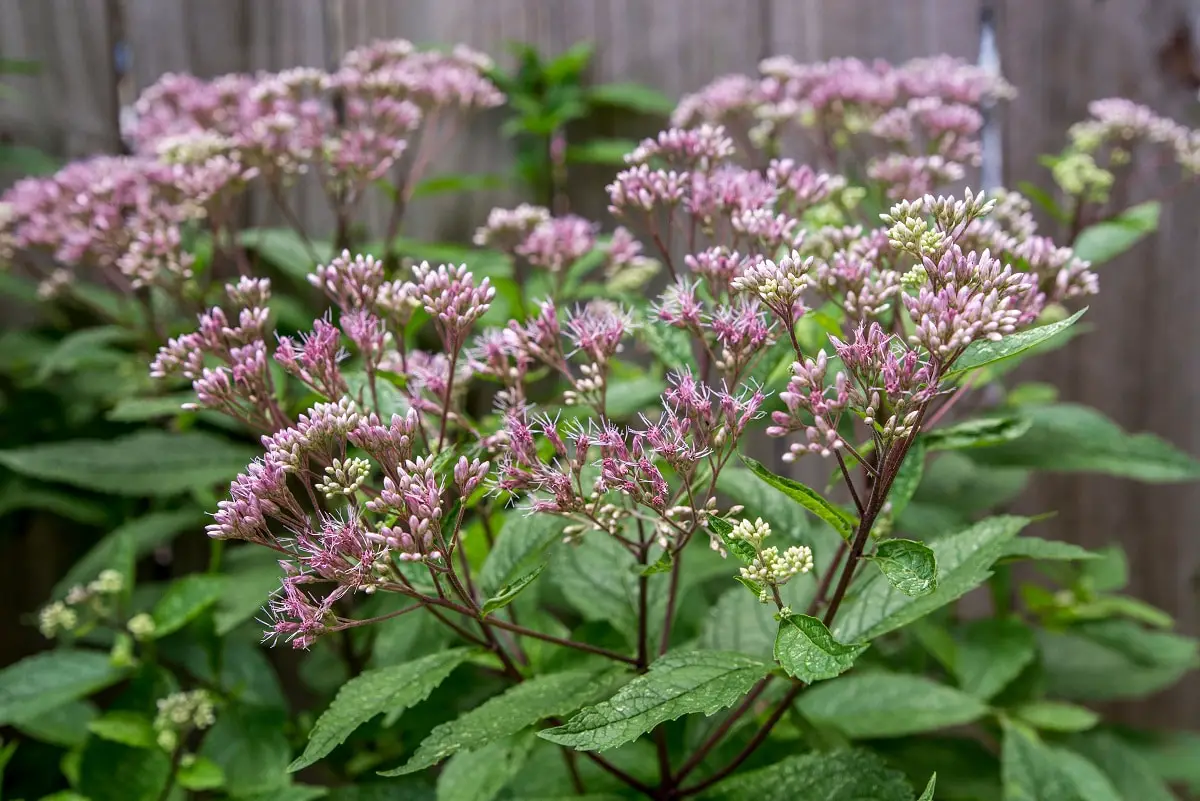
Of the genus Eupatorium it is estimated that there are about 250 officially registered species. So how do you go about talking about all of them? This is not necessary, it is enough to focus on one main and the best known, Eupatorium perfoliata.
This is how throughout this article we will be mentioning you important facts about this particular species. This way you will have a slight idea of what the aforementioned genre is about. But before going into details, you know that the Eupatorium houses about 60 different specieseach of them is classified differently.
General data of eupatorium

Although most of them have herbaceous characteristics and they grow to a maximum height of three meters. But nevertheless, they also have shrubby characteristics and of course not all, just some.
Eupatorium is estimated to have been implemented in such a way that the number of species of this genus reaches the figure of 800 species. Much of these species are native to places with temperate climatesso it is common to find them in countries of the northern hemisphere.
This plant had an important use for Europeans and Americans, since the plant or multiple species of this genus have medicinal properties They allowed plants of this type to be used to treat fever, people with malaria, and it is even believed that it was used to treat ulcers, dysentery and snake bites.
Botanical characteristics
- It is a perennial plant with a completely horizontal ratio.
- The stems of these species are usually hollow and rounded. Many of the species belonging to this genus have stems with a rough texturerough and fluffy.
- They can achieve a Height between two and three meters according to the species.
- It is capable of producing seeds. These are black in color and you can find them inside a receptacle without any coating.
We do not go into too much detail in this part, since as already mentioned, a lot of characteristics would have to be covered due to the number of species that there arebut most of them share the same.
Uses
The great thing about the plants that belong to the Eupatorium genus is that they have incredible properties that can be used in multiple ways and some of them are:
Some species that are poisonous, can be treated to synthesize a medicine capable of dealing with uric acid that can cause gout. prepare remedies based on Eupatorium that end up being effective against fever, dengue fever, arthritis, some infectious diseases, headaches and stomach problems.
It can be used for treat general weakness and be a powerful cleanser for skin diseases. It should be noted that the preparation of natural remedies based on Eupatorium it is done in two ways. The first one is by means of infusions of 30 to 5º g per liter of water or by means of liquid extract, which has to be a maximum of one gram.
Farming

In order to grow or at least have one of the many species of Eupatorium, the soil has to have an acid pH. Although they can also grow in soils with neutral or alkaline pH.
In the same way, the soil must have clayey, sandy or loamy characteristics. The reason is because these types of soil retain moisture better, which favors the growth and life of these plants.
And in relation to what was mentioned, It should be noted that irrigation has to be intermediate. In such a way that the soil remains humid but not excessively, so we recommend you water the plant once you notice that the soil begins to dry out.
As for the amount of light you need, It could be said that a large part of the species must be kept in a semi-shady place. Although it does not matter if you have them directly under the sun. In case of the second option, you would have to take care of the irrigation and be aware of whether the soil dries too fast or not.

